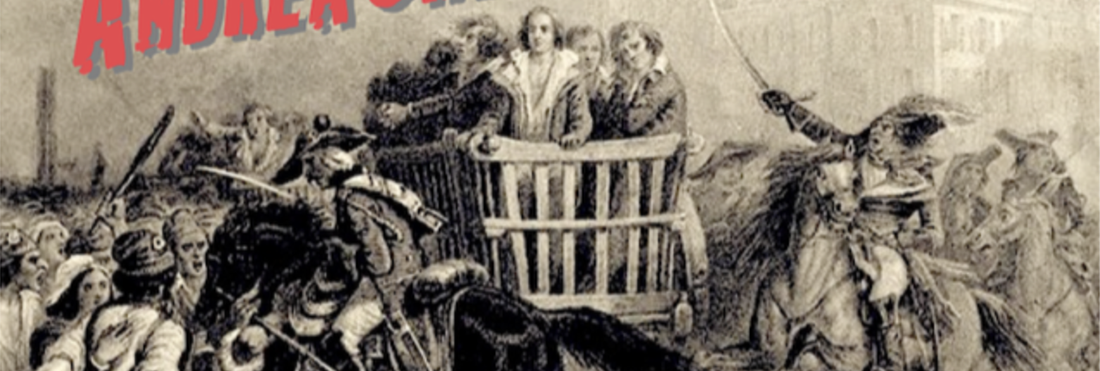
It enabled him to relieve the tragic gloom surrounding the central characters with life-affirming comedy. Preziosilla and Melitone are there to offer some sane counterpoint to the senseless, murderous pursuit of an abstract concept termed “family honor.” The fitful encounters with the main characters do not help us greatly towards a more personal relationship with them; we never get to know them as we do Violetta, Rigoletto, Boccanegra.
Leonora
Anytime I have seen a performance either live or on stage, I always wonder who will get the final curtain call. In other words, who is the main character? With no doubt, in the original, St. Petersburg version, it is Don Alvaro. With his loss of his Act III concluding aria and the displacement of the whole duel scene to the central portion of the act, the primary focus shifts to Leonora. She now dominates the final scene and her death, not Alvaro’s, concludes the opera. This Leonora has much in common with Verdi’s earlier Trovatore Leonora; they are both Spanish and in the grip of a melancholy so dominant that they are robbed of further dramatic dimension. Neither is a clear-cut protagonist and both must share the drama and the music equally with the male characters. The Forza Leonora’s music is shorn of redundancies of musical convention, i.e., cabalettas, and serves the needs of the drama. Verdi’s music tells us about her passionate, impulsive nature. She is torn with an impossible choice between her father and her love for Alvaro. She becomes in her brother’s eyes, an accomplice in their father’s death. It is the tragedy of her fate that is the central theme of the work and the opening and dominant theme of the overture and several of the scenes that are linked to her. It’s interesting to note that Leonora’s opening aria, “Me pellegrina ed orfana,” was originally written for Verdi’s doomed King Lear. Besides the overture, Leonora’s aria, “Pace, pace, mio Dio,” is the most famous moment of the opera. This great solo scena is a monologue that hardly fits the description of a traditional aria; Verdi calls it a “melodia” in the score. In it, Leonora laments her existence, her life, her fate. She begs for peace – pace – but there is no peace for her. Only death will bring her that peace.
Don Alvaro
The role of Don Alvaro was tailored to its creator Enrico Tamberlik’s abilities. Musically, Otello and Alvaro are cut from the same cloth. Both call for a large, Italianate dramatic voice yet one with a great deal of sensitivity. Alvaro’s tragic fate starts well before the opera has started. Though he may be ‘tainted’ with Incan blood, he is a nobleman which we learn immediately in the first act with his duet with Leonora and the encounter with her father whom he accidentally kills. His history is related in his long scena that opens Act III. This soliloquy is even less like an aria than Leonora’s “Pace.” It is more like extended recitative and lacks the melody that would normally be in a Verdi tenor aria. In it, we learn that his father was the Spanish Viceroy of Peru (no, not the Cyril Ritchard one) who wished to unite Peru by marrying an Incan princess. Therefore, Alvaro is not only of royal blood, but a half-breed, a ‘colored’ man. His father’s coup was in vain and Alvaro was born and educated in prison. When his parents were executed by axe, Alvaro was able to escape to Spain and has survived only because no one knows who he is. Because of his (supposed) looks, he is looked down upon for his native blood. If we were to look on Alvaro as a descendant of an enslaved person during the period of the American Civil War trying to marry into a white family, I think this would set up the situation as Verdi and other Europeans of his era would see it. I doubt we shall see a production of Forza with an Alvaro made up to appear darker, but racism is part of the story, just as in Otello or Madama Butterfly.
One has many questions as to Alvaro’s background beyond what is related above: for instance, when and how did Leonora and Alvaro meet, especially in such a closed society? The same question could be asked of Gilda and the Duke, among others. The original play Don Alvaro o le Fuerza de Sino is online in a totally inept translation: Alvaro enters and the first thing he says to Leonora is: “Dildo Angel of my soul”! I looked through it quickly but could not find any reference to how they actually met, however, it did say that Alvaro had become Spain’s best bullfighter. He had arrived in Seville two months prior to the beginning of the play and had proposed marriage to the Marquis for his daughter and had been denied as a vulgar adventurer and an upstart. And as a (South American) Indian, he was considered unsuitable.
Don Carlo di Vargas
One thinks about opera as obsession… my obsession, the fans’, singers’, characters’ obsessions. But there is no character in opera that is more obsessive than Don Carlo di Vargas. Carlo has tunnel-vision, a one-track mind. He is motivated solely by a pathological obsession to avenge his father’s death that results in his stabbing his own sister as an “honor killing.” His implacable bloodlust is both bizarre and deeply repugnant. While Verdi was revising the opera, it was suggested that he might give it a happy ending. “No,” Verdi flatly stated, “Remember, Carlo is a Spaniard,” meaning that it must be a “punta d’onore,” a point of honor to avenge his father. Not only is he a fanatically bent on revenge but by ideas of rank and class. Though we occasionally and legitimately meet him in the first scene, his official first appearance is at the Inn in the second act (assuming that scene is done). From the first, his character is questionable and he is unscrupulous in pursuing his ends. When we next meet him at the camp in Velletri, he is about to be killed by soldiers in a quarrel over cards though it’s most likely that he is the one who has cheated. Only for a brief moment do we ever see a different side of Carlo: in the exquisite “friendship” duet by the sickbed of the wounded Alvaro.
Carlo is probably the most negative and unpleasant character that Verdi gave us, yet with much probability the most exciting music for baritone he was ever to compose. Carlo’s double aria in which for the first time he reveals in all its force the obsession which has poisoned his life, has always struck me as curious on two levels: it is the only time in the entire opera that Verdi reverts to the by then old-fashioned form of recitative-aria-recitative-cabaletta. It is also filled with ornamentation such as triplets and appoggiaturas, even an elaborate cadenza. (Not to mention any names, but not all baritones sing what is written and simplify the ornamentation.) Budden explains these ornaments as “Carlo’s chief trait is his fixity of purpose, reflected in a tendency at first for each phase to cling to one note. But as he persists in his resolution not to tempt his fate and break his word, so the line becomes increasingly flexible.” He also explains the traditional form as Carlo giving way to his most primitive instincts and that he should express himself in a more primitive musical form. In the cabaletta, there are 16 bars that are as often as not cut. This is one cut I don’t have much problem with as it seems to break the musical flow; however, I have heard it done as well as the cadenza come scritto, and it proves that Verdi obviously knew what he wanted.
Seemingly unnecessary but worth noting, in the original play Carlo was one of two brothers, Alfonso being the other. They both seek revenge for their father’s death. Carlo is killed during a duel, what would be the equivalent of the “Sleale” duet; Alfonso is killed following the “Invano” duet – both obviously by Alvaro. These duets are murderous in more ways than one!
Padre Guardiano
By stark contrast, Padre Guardiano is the forgiver. He is characterized by his humane understanding and kindness. In a world filled with suffering, hatred, war, revenge, hypocrisy, and moral decline, the church, or the monastery in this case, is where our protagonists, Leonora and Alvaro, find refuge and comfort. The prior is the one who determines their fate. Fra Melitone, on the other hand, is supposed to be the humorous counterpart of Guardiano, a comic representation speaking on behalf of the common man. Melitone is the only character that encounters and comments on the other protagonists: Leonora, Guardiano, Preziosilla, Alvaro, and Carlos. That Melitone should be a star singer is proven by the fact that Verdi wrote the part for Achille De Bassini who created the leading baritone roles in I due Foscari, Il Corsaro, and Luisa Miller. Melitone is a difficult role to cast and too often can seem an embarrassing intruder upon the opera’s somber landscape as an intolerant, grumbling nuisance. It’s easy to lose the humor that Verdi clearly intended and far too often is lost in various singers’ or directors’ concepts. The fact that Melitone is funny, Verdi wrote into the score; one can clearly hear Melitone’s waddling in his music. Verdi also made it clear that the casting of the peripheral characters preoccupied him most. “Don’t forget that in Forza you need three artists who are completely at their ease on stage to do Preziosilla, Melitone, and Trabuco. Their scenes are comedy, pure comedy. Therefore good diction and an easy stage manner. See to that…” It’s unfortunate that so much is lost to a non-Italian audience, especially with all the puns that are used in Melitone’s comic sermon in the Act III military camp: the monk admonishes the soldiers that their “peccati” (sins) are spread like “peca” (pitch), which means there can never be “pace” (peace) … “peca, pace, peca, pace… peccati, peccati.” Unknown to Verdi at the time, he was setting himself up for all of Boito’s brilliant alliteration in Falstaff. Another episode that strikes home nowadays is a mini-debate over welfare reform; the crotchety friar wants to quit giving food to poor people he considers to be lazy good-for-nothings, while his father superior stands up for compassion.
Preziosilla
In balance, the inn is a place of momentary respite. The monastery is for spiritual comfort; the inn for more worldly comfort. Preziosilla above all is a vivandière, a camp-follower, and a warmonger, a military activist and recruiter. Annoying as she can be, what she is not, and is often portrayed as, is the camp slut and whatever that may imply. She is a woman who has been forced to live with and by means of war. Be she a “gypsy” or a fortune-teller, she is Leonora’s opposite – outgoing, flirtatious, anything but pious. She is there to recruit the troops and entertain them and us. Trabuco, not so much as a character (or characters), but rather just as a presence, is interesting. My only explanation for why Verdi did not write the part for two different performers is that ONE singer was cheaper than two. Trabuco not only changes profession from one act to another, but vocal type. He goes from the “tenor brillante” muleteer, there to secretly prepare the way for Leonora’s flight, to the whiny comprimario peddler. What is curious is that Verdi wrote the part as an “ebreo” (Hebrew), based on the Jewish pedlar Isacco in Rossini’s La Gazza Ladra. Apparently it is there in Trabuco’s music. Fortunately, I haven’t seen it played that way. It would be an offensive stereotype just as Fagin in Oliver Twist is.
La forza del destino might not be the most coherent of operas, but Verdi didn’t call it an “opera of ideas” for nothing. It is the portrayal of larger forces – of DESTINY – at work. Forza is more like a lengthy novel, for instance War and Peace, than any of his other works. Stuff happens – some personal, some authentically historical. There’s little the characters can do to control it. They wander through places and events that are larger then themselves. Some revel in the chaos (Preziosilla), others try to hide from it (Leonora, Alvaro). In the opera, you don’t have Tolstoy’s narrative voice guiding you. Instead you have Verdi’s glorious music. Forza is a musical tapestry full of stunning design and rich in color and contrast, an opera whose only fault is that it is too rich in ideas and characters to put those ideas over.
In the final installation of my Forza preview, we’ll consider the embarrassment of recording riches through which one can get to know this opera.

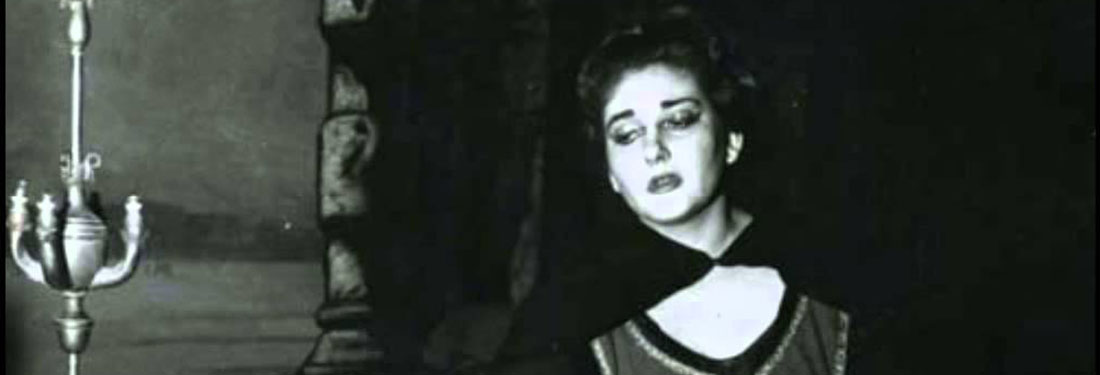
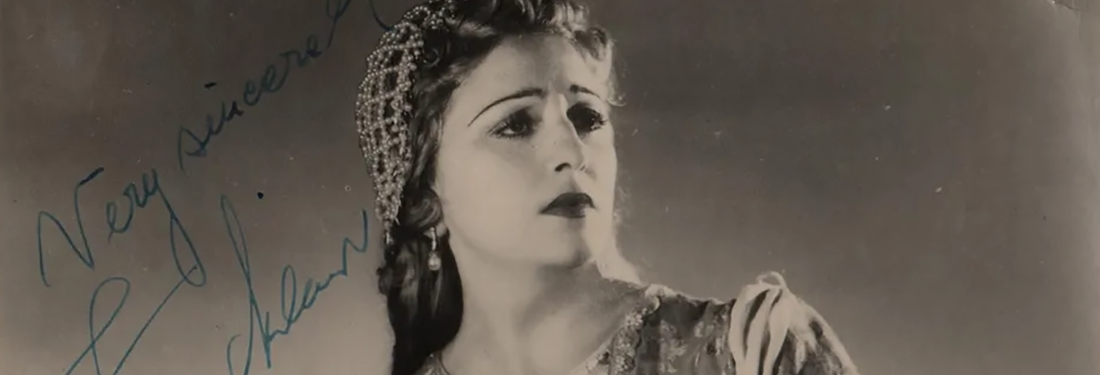
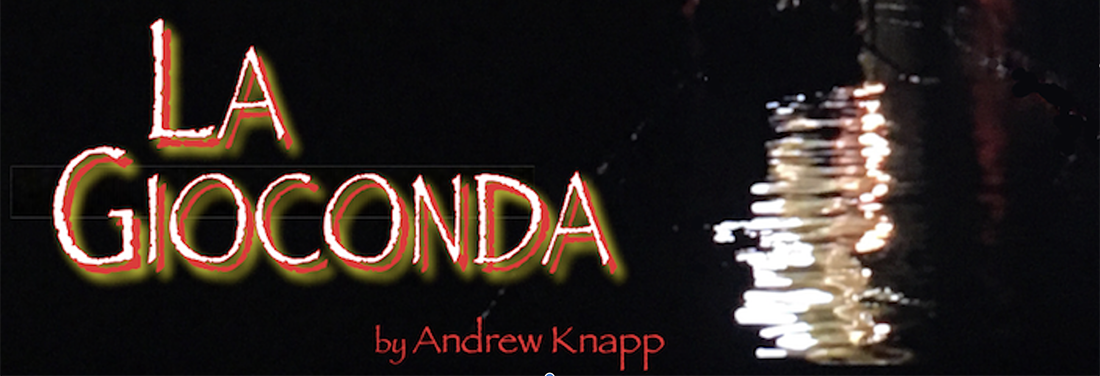
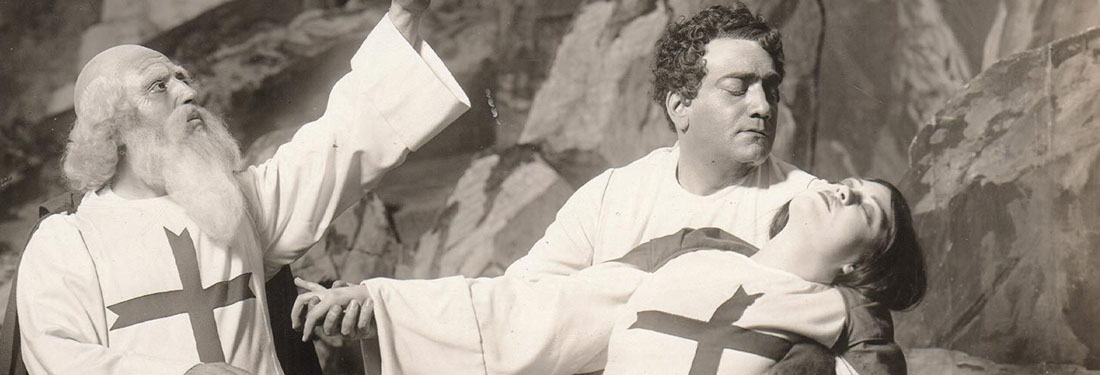
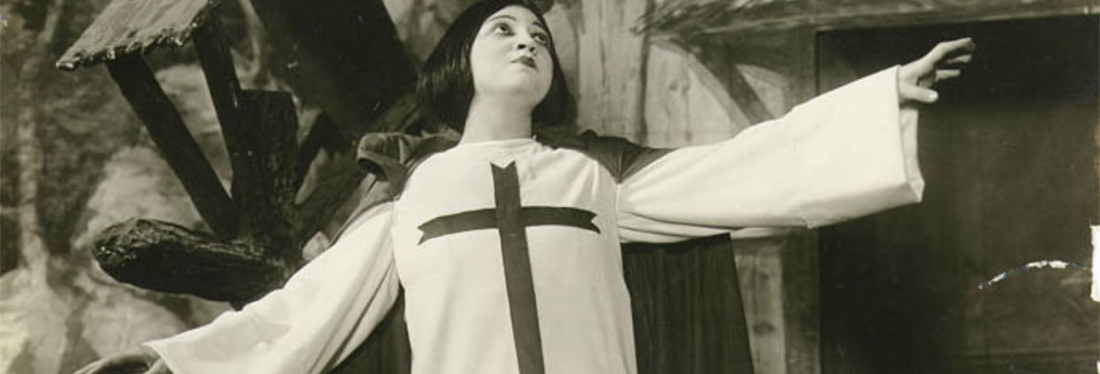
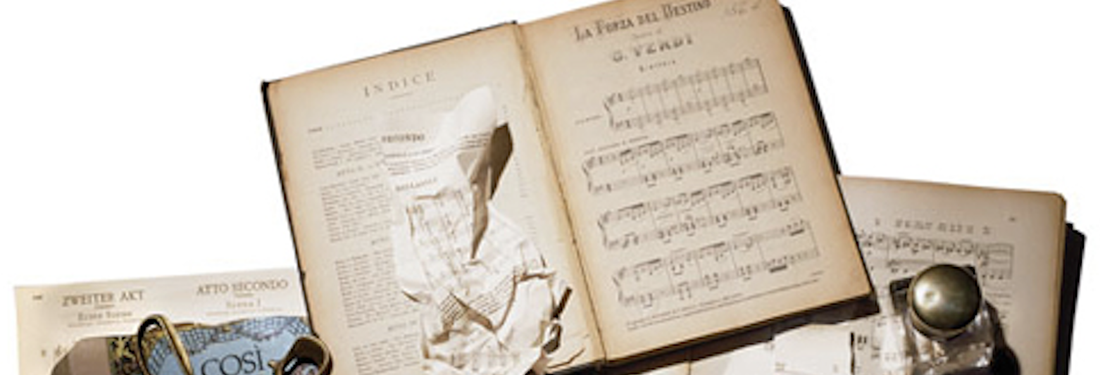
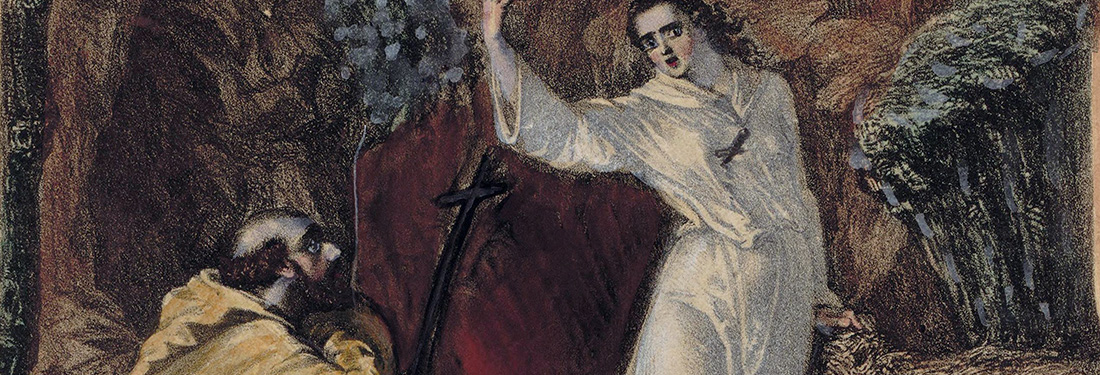

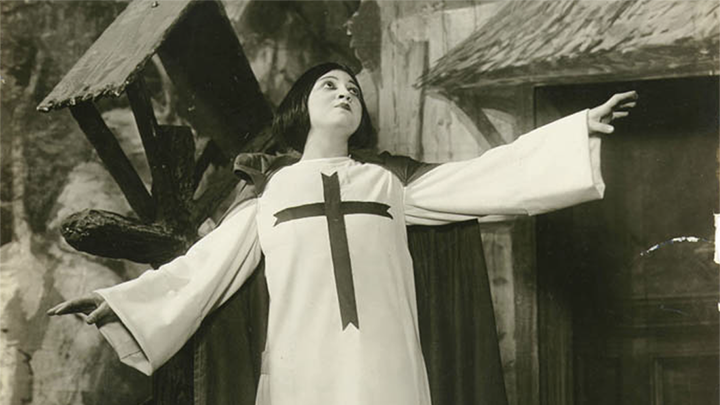











Comments